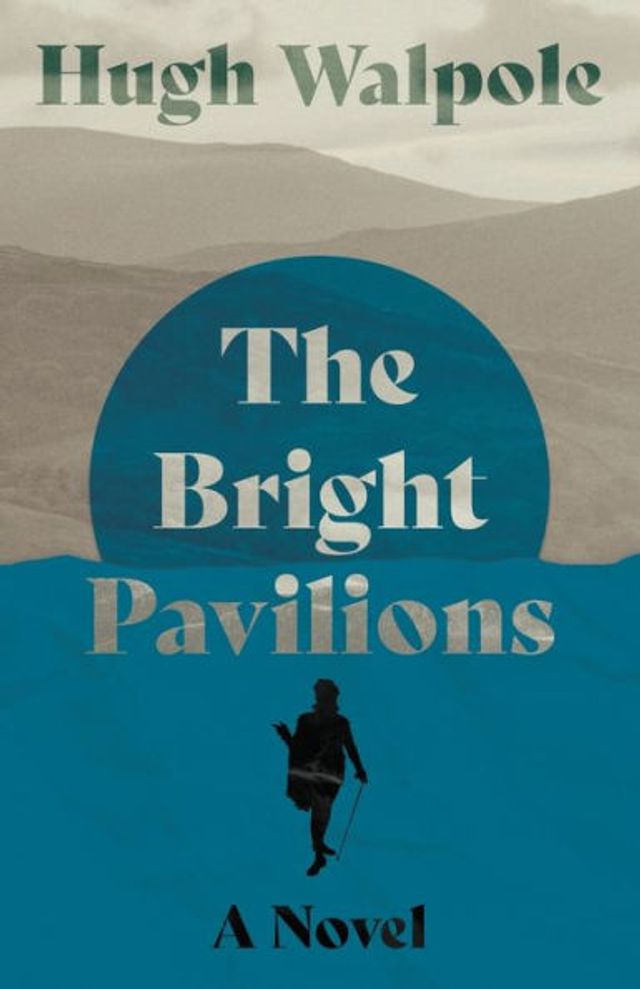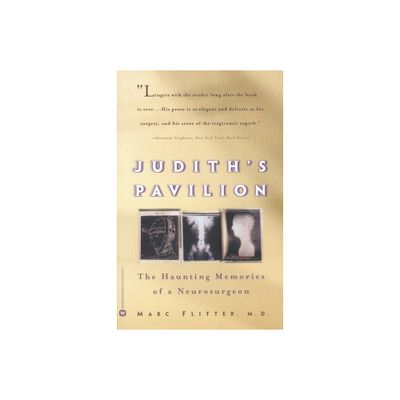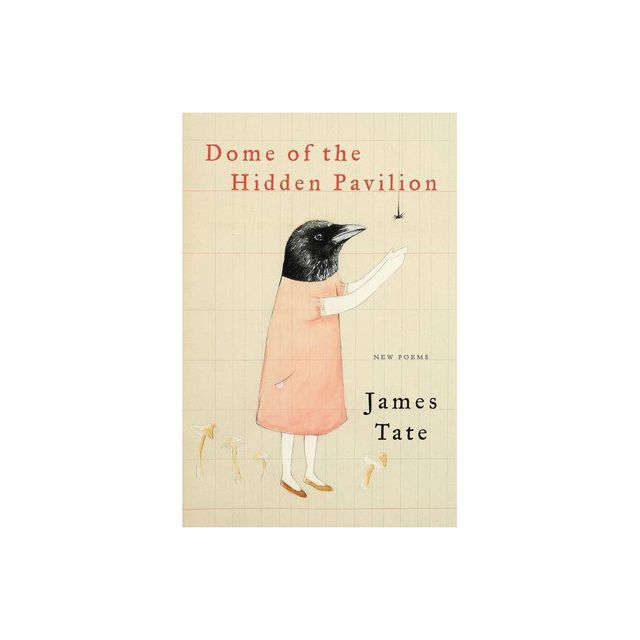Home
The Pavilion of Dreams
Loading Inventory...
Barnes and Noble
The Pavilion of Dreams
Current price: $32.99


Barnes and Noble
The Pavilion of Dreams
Current price: $32.99
Loading Inventory...
Size: OS
*Product Information may vary - to confirm product availability, pricing, and additional information please contact Barnes and Noble
Mixing ethereal melodies communicated by voice or saxophone with glissando accompaniment,
Harold Budd
creates a series of siren songs on
The Pavilion of Dreams
that shimmer like light reflected on the water's surface. Billed as "an extended cycle of works begun in 1972,"
Budd
's debut apparently took a while to see the light of day itself, having been recorded in 1976, released on the aptly titled
Obscure
label in 1978, and re-released in 1981 on
Editions EG
. The
minimalist
composer had gained some attention in
avant-garde
circles with the piece
"Madrigals of the Rose Angel"
; featured here, it reveals the unhurried and unfolding nature of
's melodies as well as his penchant for clusters of bell-like notes.
"Two Songs"
was written in the years that followed, adapting works from
Pharoah Sanders
and
John Coltrane
with arrangements that feature only mezzo-soprano
Lynda Richardson
and harpist
Maggie Thomas
; unless you thought the theme song to the
Star Trek
TV series was high art, you can skip this. The opening
"Bismillahi 'Rhahmani 'Rrahim"
is the musical equivalent of a bubble bath; led by the soulful saxophone of
Marion Brown
, it's initially lovely, yet the circumspect arrangement saps the piece of its spellbinding effect before long. The last piece composed here,
"Juno,"
is also the most passionate, foreshadowing the warmth and presence that would appear on subsequent works like
"The Plateaux of Mirror."
As with most
works,
requires patience and open-mindedness on the part of the listener, only more so.
achieved an evocative and succinct style on subsequent albums, and these songs are simply the rudimentary steps that led there. ~ Dave Connolly
Harold Budd
creates a series of siren songs on
The Pavilion of Dreams
that shimmer like light reflected on the water's surface. Billed as "an extended cycle of works begun in 1972,"
Budd
's debut apparently took a while to see the light of day itself, having been recorded in 1976, released on the aptly titled
Obscure
label in 1978, and re-released in 1981 on
Editions EG
. The
minimalist
composer had gained some attention in
avant-garde
circles with the piece
"Madrigals of the Rose Angel"
; featured here, it reveals the unhurried and unfolding nature of
's melodies as well as his penchant for clusters of bell-like notes.
"Two Songs"
was written in the years that followed, adapting works from
Pharoah Sanders
and
John Coltrane
with arrangements that feature only mezzo-soprano
Lynda Richardson
and harpist
Maggie Thomas
; unless you thought the theme song to the
Star Trek
TV series was high art, you can skip this. The opening
"Bismillahi 'Rhahmani 'Rrahim"
is the musical equivalent of a bubble bath; led by the soulful saxophone of
Marion Brown
, it's initially lovely, yet the circumspect arrangement saps the piece of its spellbinding effect before long. The last piece composed here,
"Juno,"
is also the most passionate, foreshadowing the warmth and presence that would appear on subsequent works like
"The Plateaux of Mirror."
As with most
works,
requires patience and open-mindedness on the part of the listener, only more so.
achieved an evocative and succinct style on subsequent albums, and these songs are simply the rudimentary steps that led there. ~ Dave Connolly


















